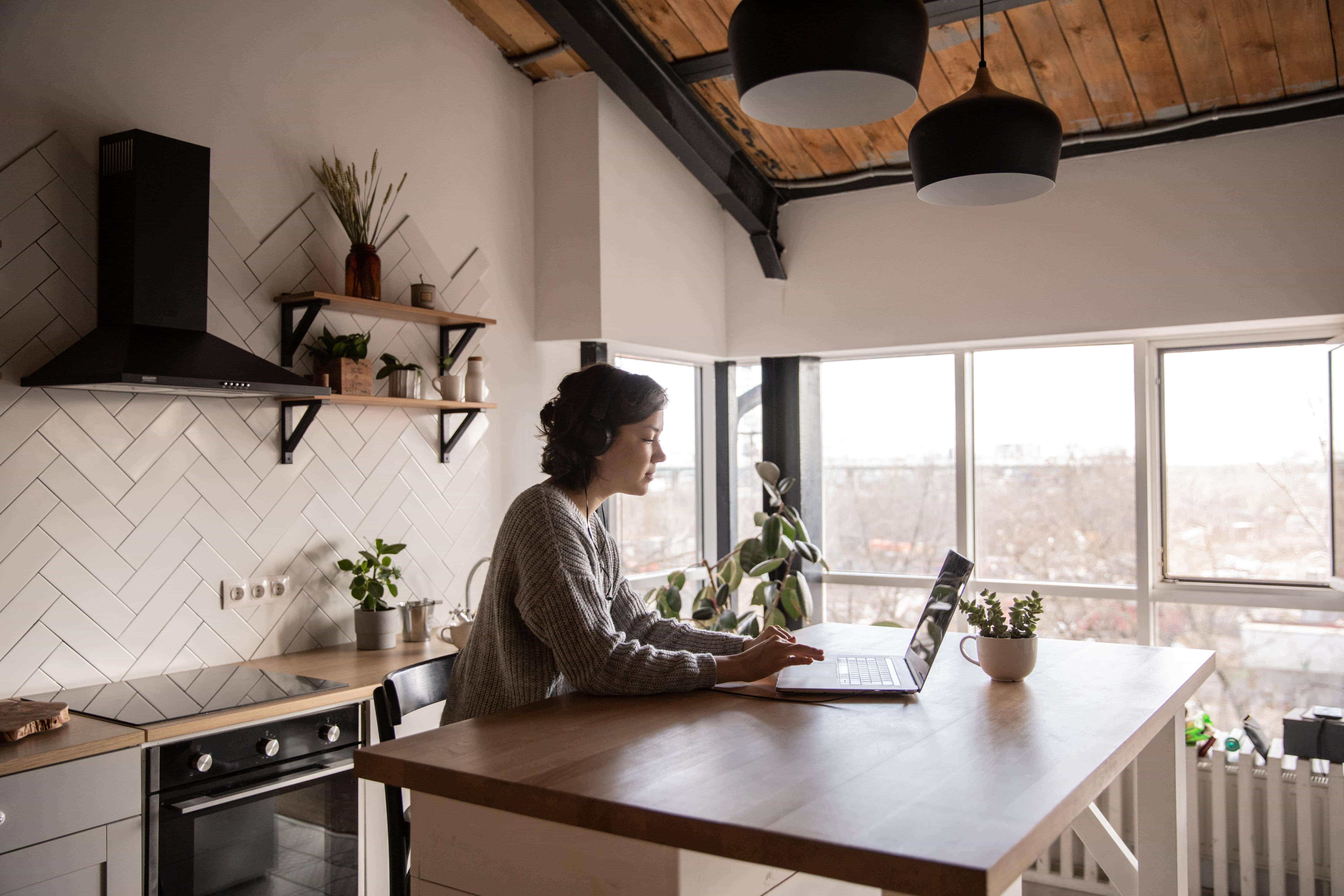Coronavirus has shattered the conventions of the traditional 9-5 office based work model and has radically accelerated the shift towards a hybrid workforce. Like it or not, millions of organisations the world over were dragged (sometimes kicking and screaming) into a hybrid way of working, characterised by people working flexibility between home and office. It wasn’t an active choice, it was an act of survival and resilience. Either quickly adapt roles to being home-based or cease operations with the risk of failing fast. For non-essential manufacturing and field based roles, it meant downing tools until governments allowed these critical supply and service chains to resume.
For employees, the Coronavirus brought them a new-normal and a radical liberation from the traditional 9-5. Necessity is the mother of invention - and here people were forced to develop new routines. Mums and dads said goodbye to the school run and hello to the chaos of home-schooling, childcare and a shift to hours of meetings and sales calls done through Microsoft Teams, Zoom and Google Hangouts. Zoom burnout became real thing! For some people, home-working has been a boon; they finally said goodbye to long and expensive commutes, overpriced lunches and the stress of inner-city office life.
Business leaders weren’t exactly overjoyed with the new arrangement. Many bosses were uneasy at the prospect of their employees managing themselves, without the oversight of being physically present. The almost overnight shift to remote working put IT teams under immense pressure to have the technology and infrastructure in place for this mass exodus away from the office.

Hybrid working is the way forward - evidence shows
According to Gartner “Many business leaders still question the merits of this nontraditional workforce model, but often because of common myths and old ideas about what a hybrid workforce model is, and where, when and how employees perform at their best.” However, Director of Advisory at Gartner Sasha Tuzel says ““More employees go above and beyond at work when organisations give them a choice over where, when and how much they work.” In other words, these benefits can only be gained when leadership is willing and able to reimagine how we work and communicate.
The best work gets done where employees are happy and content and that’s why The Hybrid Workplace is a trend that employers just can’t ignore. The reality is, the modern employee is a very different beast. They are more demanding and have higher expectations of organisations. We live in a world where it’s no longer about trading time for money. Modern talent has a ‘consumerist’ mindset when it comes to choosing where they want to work. They want meaningful work and they want flexibility. The increasingly distributed and global nature of work and talent means that the best knowledge capital no longer lives in the four walls of any one office. And technology means that high quality collaboration and interactions happens seamlessly across time-zones.
So why are hybrid workplaces here to stay?
Well, just ask Microsoft, who has over 160,000 employees worldwide. In March 2021, Executive Vice President at Microsoft Kurt DelBene wrote an open blog to employees, clients and investors. He acknowledged that the move to a hybrid way of working is a careful balancing act and needs to take into account the needs of the business, employee preferences (including mental, emotional and physical wellbeing) as well as government mandated restrictions.
Even if Microsoft wanted all of its employees to come back to the office tomorrow, it would be physically and legally impossible. Since the beginning of COVID-19, they have been staging a return to work at 21 of their global sites. However, at 20% of normal capacity, they have already hit the maximum possible government allowed capacity. Recently, they did a global pulse survey of their workforce and found that 54% of employees who have chosen to return to the office are spending less than 25% of their time there. This is a loud and clear signal that employees have embraced and prefer this new more flexible way of working.

Of course, home-working has been a nightmare for some parents, especially whilst schools have been closed. Juggling a demanding job AND being a substitute teacher for your kids is not the daily life that people asked for. However, with the gradual return to school, parents are appreciating the opportunity to have greater work-life balance. The three hours previously spent on commuting is allowing them to prepare a home-cooked meal or collect their children from school. Staying local is breathing new life into neighbourhoods, with a renaissance in local retail and community facilities. Suburbs that were once ghost-towns during the day are now showing signs of life.
The very fact that life has gone on and the wheels of industry have continued to turn has been proof that business can be conducted very efficiently with a hybrid, flexible, distributed workforce. Business leaders need to understand that a ‘hybrid workforce’ is not just about people forever working from home. It’s a work strategy that is based around flexibility and business resilience, giving the ability for people to split their time between home, office-sites and other locations.
Microsoft has quickly realised that’s it’s impossible to predict the near future, never mind the long term prospects of a return to work. Therefore, instead of implementing a fixed timeline, they have created something they call ‘the Hybrid workplace dial’ - it defines 6 different modes of working that can be switched to flexibly, depending on government guidelines and the needs of its people. The dial goes both ways, so they clearly anticipate taking steps forwards to ‘normality’ and also steps back when needed.
Even after things return ‘to the new normal’ they expect that part-time home working will be standard across the board (less than 50% of working time). To accommodate this, Microsoft is prototyping hybrid workspaces at its Redmond, Washington and UK Campuses. They are investigating different meeting combinations and technologies like multiple screens, cameras and mixed reality scenarios.
The exciting thing for businesses of all sizes is that Technology holds the key to unleashing new levels of productivity, with technologies that are ready to deploy today. Once a distant dream, VR and mixed reality headsets are becoming increasingly mainstream - and allow the distributed workforce to collaborate effectively. Business can be done seamlessly across borders. It’s a huge opportunity and a very exciting time.
In Conclusion
Nobody saw COVID-19 coming, but this extraordinary global pandemic has accelerated the future of work by decades in many ways. Businesses of all sizes quickly adapted to this new hybrid way of working, proving that it is possible. Meanwhile, both employers and employees have slowly realised that this method of work offers benefits of many kinds, from employee satisfaction to the financial benefits of not needing to lease offices in the most expensive parts of town. It’s clear that for most organisations, the number one priority has been the wellbeing and safety of their people. Early data shows that employees like this new era of work that has been ushered in, so it’s unlikely we’ll see a complete return to the standard office-based 9-5 anytime soon.




